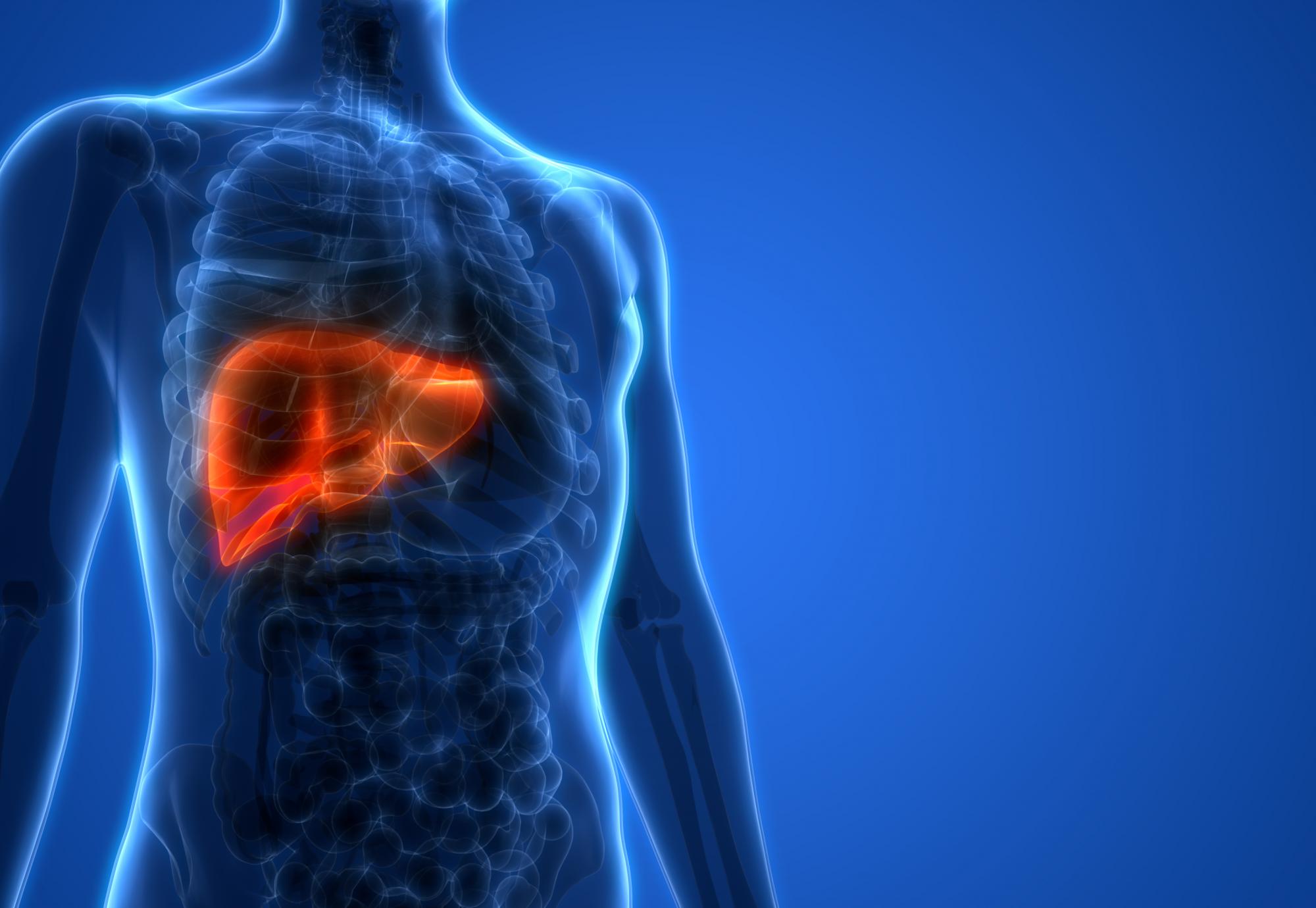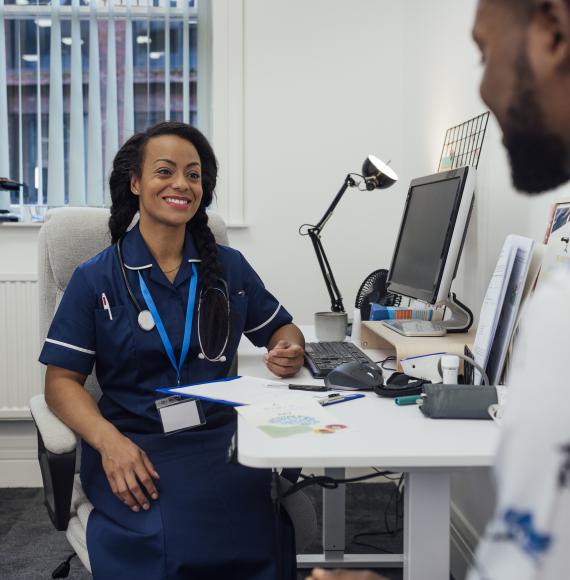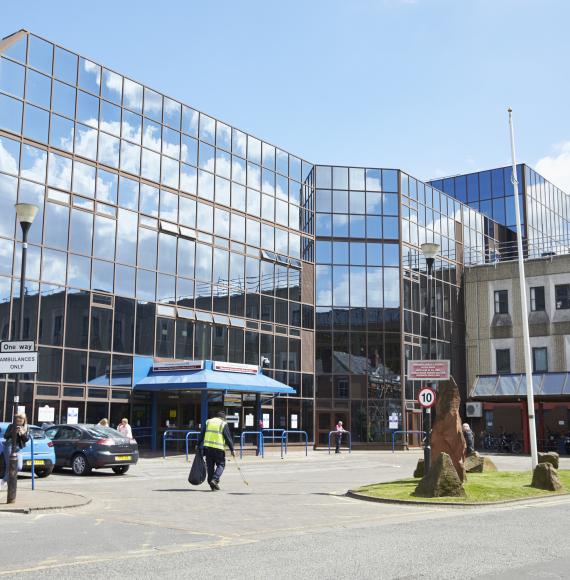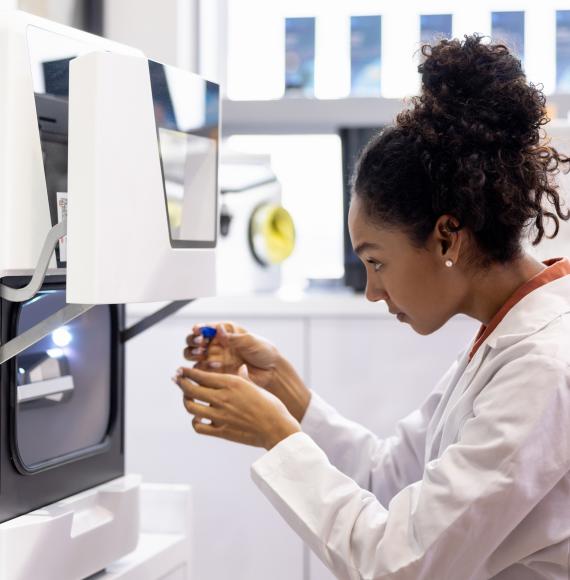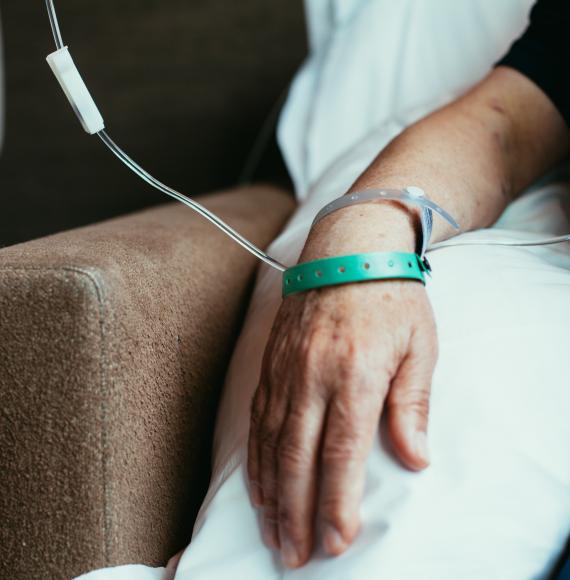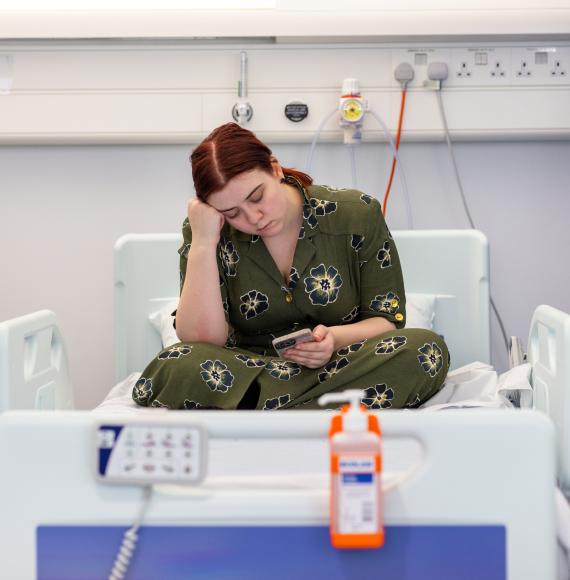Researchers have shown a new technique using cells grown in a laboratory can be used to repair damaged human donor livers, potentially opening up new treatment opportunities for those whose own livers are not functioning correctly.
The NIHR-supported study showed the new technique to be successful in growing viable ‘mini bile ducts’.
Bile ducts act as the liver’s waste disposal system.
Malfunctioning bile ducts are behind a third of adults and 70% of children’s liver transplantations, with no alternative treatments currently known and accepted as safe for regular use.
Even after a liver transplant, bile duct disease can still occur. In up to a third of patients, the disease returns after transplantation.
Currently, there is a shortage of liver donors. Many livers are unsuitable for transplant due to a number of reasons, such as the organ sustaining damage while being held in cold storage outside the body.
With the shortage of livers, researchers wanted to find an alternative treatment to see if the liver could instead be repaired.
Researchers in the study, which was supported by NIHR Cambridge Biomedical Research Centre, have used a technique to grow bile duct organoids - often referred to as ‘mini organs’ - in the lab and have shown that these can be used to repair damaged donor livers.
This is the first time that the technique has been used on human organs.
Professor Ludovic Vallier, Theme Lead for Transplant and Regenerative Medicine theme at NIHR Cambridge BRC and joint-Senior Author of this study, said: “This is the first time that we’ve been able to show that a human liver can be enhanced or repaired using cells grown in the lab.
“We have further work to do to test the safety and viability of this approach, but hope we will be able to transfer this into the clinic in the coming years.”

